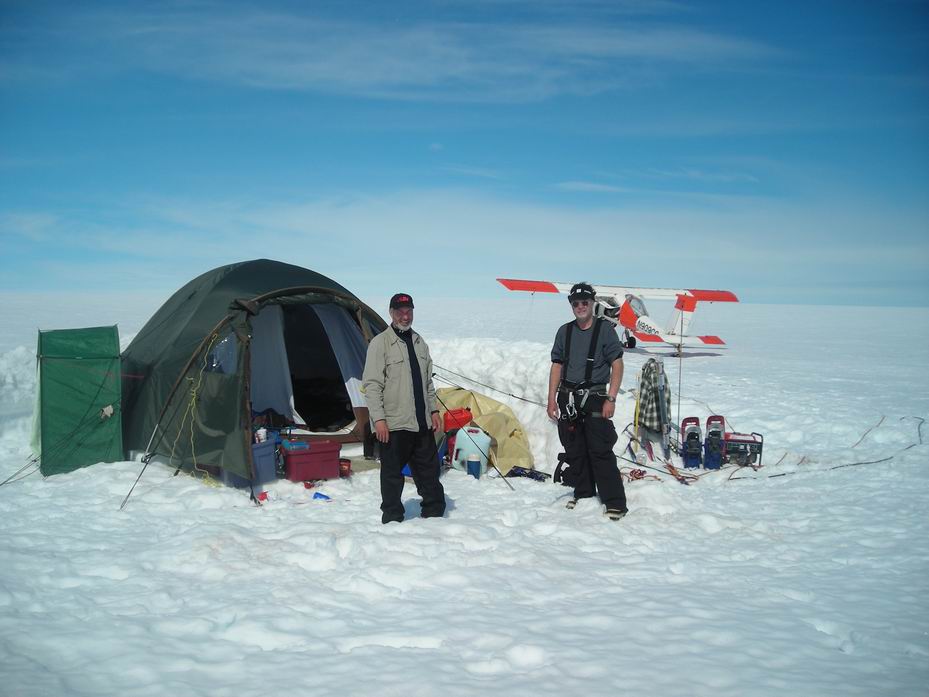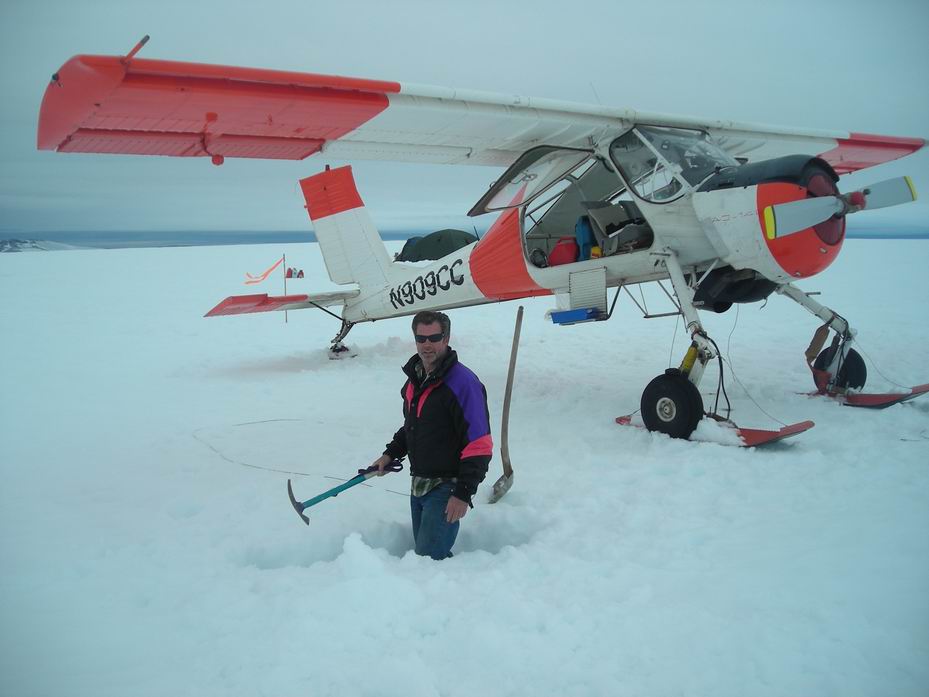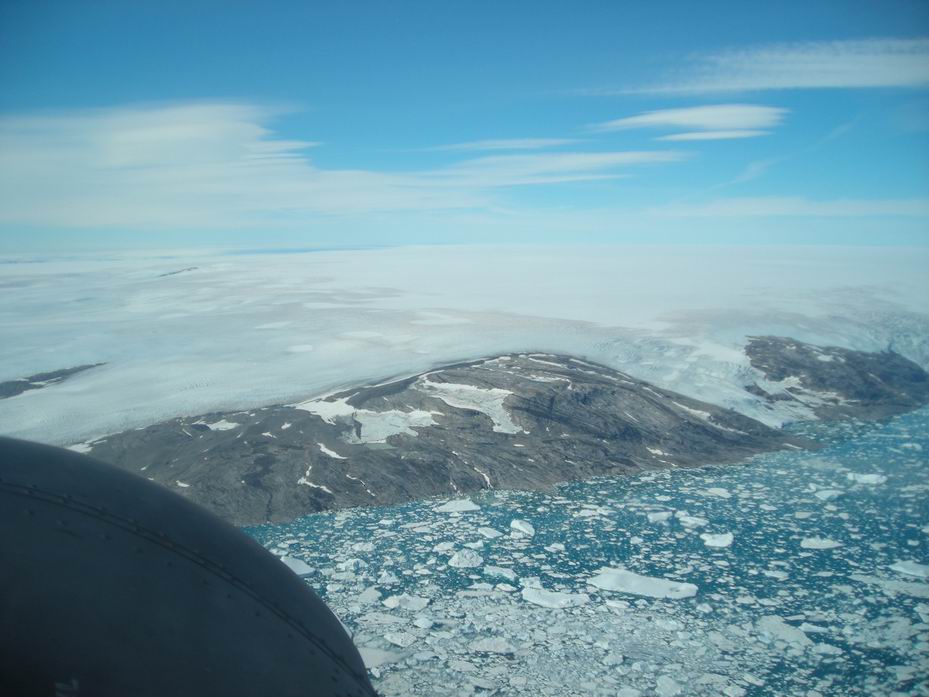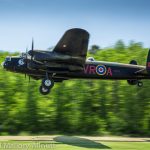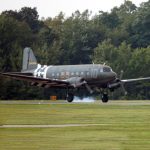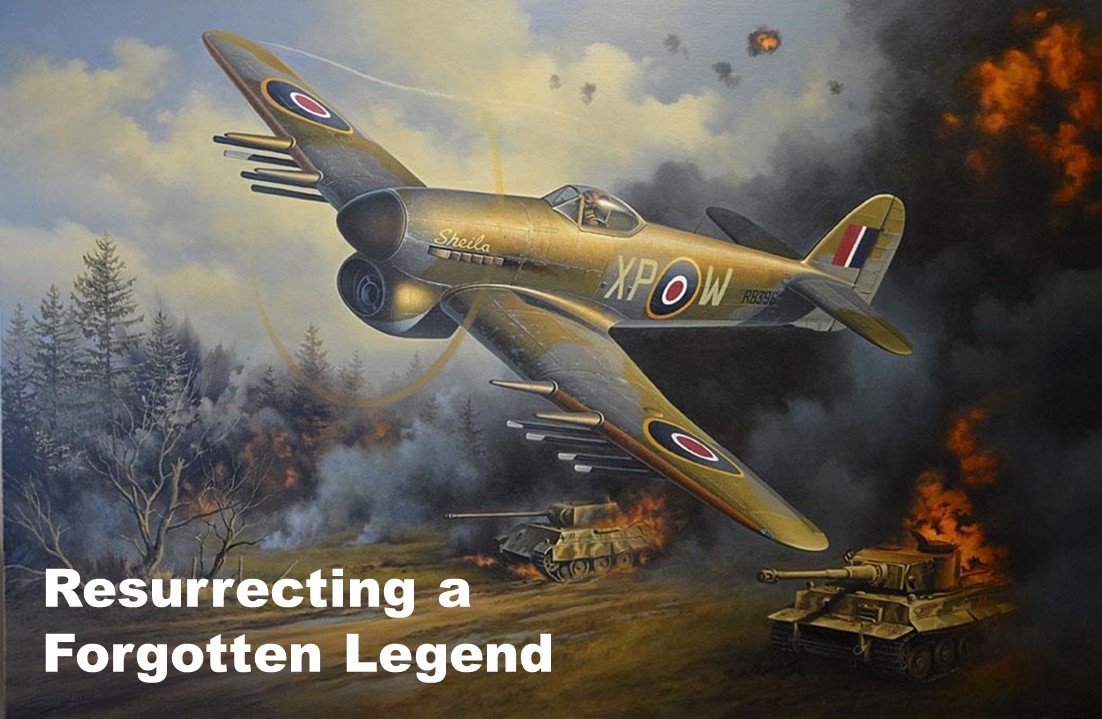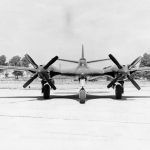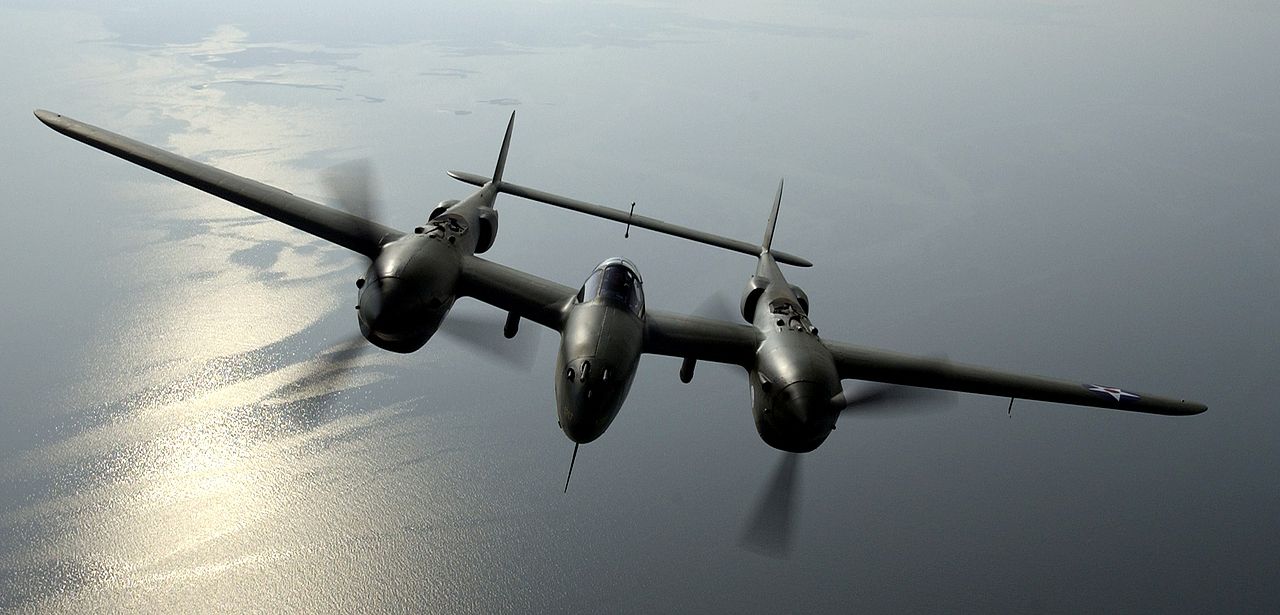
Ever dreamed of salvaging a WWII warbird from the wilderness? Well, now is your opportunity to take part! Ken McBride is looking for a few capable hands willing to help out on his trek to the Arctic this summer. They are planning to recover one of the Lockheed P-38 Lightnings trapped in the glacial ice below. The Lightning is one from the same group of six P-38’s and two B-17s which got stranded on the ice in Greenland during a WWII ferry operation. As most readers will be aware, a previous team recovered one of these P-38s back in the late 80s, and restored her to flight. We all know that aircraft as Glacier Girl now. It’s long been many a person’s dream to go back for the others, and this summer that’s exactly what will be happening. YOU could be a part of that mission!
Ken McBride has already organized several trips to the Greenland in previous years to prepare for this venture, and to chart the current locations of the aircraft, as the glacier has continued to move them closer to the sea. They have managed to locate one of the P-38s, and the focus of this summer’s mission will be to recover that aircraft, with the possibility of going back for the others in future years. McBride has been planning this operation for some five years, and has discussed the project at length with all of the major players in the previous salvage effort. His team will be using similar techniques to bore down to the Lightning and disassemble it for recovery.
While this mission does not depend upon it, McBride is also seeking additional sponsorship to help defray costs, if any interested parties are willing to join him. He is also looking for a couple of rugged and capable volunteers to join the team. Perhaps you have what the mission needs. Here is what Ken McBride is currently looking for from his volunteers
1: We need at least one and ideally two more guys to help out with the Antonov AN-2 in the Seneca Falls area (Finger Lakes) of upstate New York from May 12th thru May 22nd. The only qualifications required is a willingness to help, although some mechanical ability would be beneficial. If someone were relatively local, I could pay for some transportation costs and meals will be provided. This is obviously quite urgent.
2: We could use probably two more guys on the icecap from approximately June 8th to perhaps the middle of August. We’re looking for guys that can do 3 to 4 week commitments, however if someone can pay for their own travel costs, one to two weeks would probably be workable. However there is some risk of being stuck on the icecap until the weather clears. We are flying strictly VFR. Weather can cancel flying for 4 to 6 days; possibly more. The base of operations up there is the Kulusuk Airport. It’s about 90 miles from there to the icecap.
3: Qualifications for working on the icecap: – general mechanical and/or electrical knowledge/abilities, cold weather prepared, strong work ethic, acceptance of basic/rough conditions with ‘less than gourmet’ food.
If you feel you have what it takes, and can afford the time to dedicate fully to this trip, Ken can be reached by e-mail at: [email protected] Please be respectful of his time though, and only contact him if making a serious bid!
For those interested in knowing what it’s like at the Arctic site, here’s what McBride told WarbirdsNews about his first trip out in 2011.
————————
“We received our initiation to the Greenland icecap! We camped on the glacier for nearly two weeks, with several days of continuous day and night freezing rain, winds to and probably beyond 50 mph, and a crevasse that appeared after the first week heading directly behind our camp! There were many other days of drizzle, fog and white out conditions. Weather was a major challenge.
We buried anchor rods in the snow with cables to the wilga and it did ok. Many hours spent building a 6′ high snow wall around the tent, which needed daily upkeep.
We did get a couple afternoon/evenings and two good full days to run the [ground penetrating] radar, and we are quite sure we located one of the P38’s…..
It is likely the main group including two B17’s and three P38’s are in the crevasse field at this point. We ran the radar in a large grid adjacent to the crevasse area and found nothing. With the one find, and few good flying days, we opted to load up the Wilga and head back to Kulusuk.
As it turns out, we happened to be out on the icecap in the worst storm in the past two months. The airport in Kulusuk was closed for a couple days, commercial flights cancelled, and winds blew over a small sea container! Weather is obviously a major factor in this part of the world, and will dictate what can be done and when. Nothing can be done here to pre-set schedules.
In good weather, as it was the last couple days, the icecap is spectacular.”
———————————-
Make no mistake, this trip is not for the faint-hearted, and there certainly is some risk to life and limb involved, but it will be an adventure of a lifetime, and one you’ll never forget!









